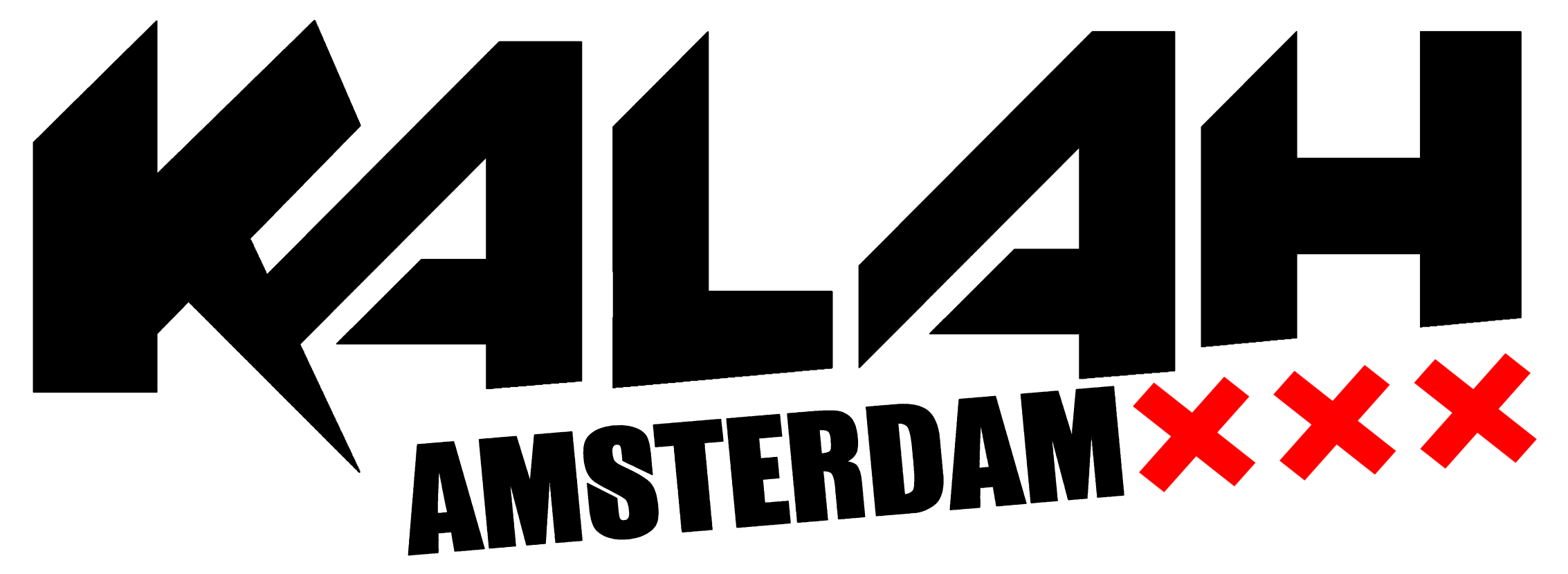Self-defense often gets overshadowed by myths and misunderstandings, making it hard for people to recognize what’s practical in real-world situations. Movies, the internet, and well-meaning advice have shaped these myths over time, but the Kalah Combat System offers a unique lens through which to address and debunk them. Kalah focuses on simplicity, effectiveness, and realistic preparation for life-threatening scenarios. Let’s dive into some common self-defense myths and explore them from a Kalah perspective, where the emphasis is on survival and protecting loved ones.
Myth 1: “Just Give Them What They Want”
Many people believe that handing over valuables will diffuse the situation, but Kalah teaches us that compliance does not guarantee safety. While surrendering belongings might work in some cases, Kalah emphasizes that violent criminals are unpredictable. Statistics reveal that perpetrators often escalate violence even after victims comply.
From a Kalah perspective, awareness and preparation are key. We don’t advocate recklessness, but we do train for scenarios where compliance doesn’t lead to safety. We focus on developing skills to recognize escalation, create space when possible, and, if unavoidable, fight to protect yourself or your loved ones.
Myth 2: “You’ll Remember What to Do in the Moment”
A popular belief is that instincts will kick in when danger strikes. However, research—and Kalah’s experience-based approach—shows otherwise. Under stress, the body’s fight-or-flight system limits our capacity for decision-making and coordination, especially without training.
Kalah training conditions responses through repeated practice of realistic scenarios. We focus on simplicity—eliminating flashy moves for straightforward techniques that can be executed even under extreme stress. By training for muscle memory, practitioners can improve their chances of staying composed, increasing their ability to act when facing a real threat.
Myth 3: “I Don’t Need to Learn Self-Defense, I’ll Just Run”
Running is often ideal but not always possible. Situations can quickly limit your options: perhaps you’re in a crowded area, facing multiple attackers, or with someone who can’t run (a child or elderly family member). Running also requires recognizing danger early, which isn’t always feasible.
In Kalah, we acknowledge that not all scenarios permit an easy escape. Our training prepares people for situations where options are restricted. Techniques are built on quick decision-making, situational awareness, and protecting others while managing fear. Running may not be a reliable escape—sometimes, you must stand your ground.
Myth 4: “Only Martial Arts Experts Can Defend Themselves”
There’s a perception that effective self-defense requires years of martial arts training, but Kalah was developed for people of all skill levels. Our techniques are simple and focused on the essentials, meaning anyone can learn to protect themselves without dedicating years to perfecting complex movements.
Kalah’s methods emphasize real-world effectiveness over mastery. Training focuses on instinctive movements that are easy to retain, whether you’re a beginner or have some experience. This myth can prevent people from seeking training, but Kalah’s approach removes these barriers, providing confidence and capability in a short period.
Myth 5: “Knives and Guns Mean You Don’t Stand a Chance”
Weapons do escalate danger, but they don’t guarantee an attacker’s control. The most common injuries in knife attacks come from frantic movements and lack of control. Kalah teaches specific defenses for weapon situations, training practitioners to stay as safe as possible by managing proximity, maintaining composure, and knowing when to act.
Kalah’s weapon defense techniques are not about winning a “fight” but surviving a threat. They prioritize evasion, strategic movement, and controlled response. Training doesn’t create invincibility but rather prepares for survival in scenarios involving weapons.
Myth 6: “Self-Defense is About Beating Your Opponent”
In reality, self-defense is about getting out safely, not defeating an assailant. Kalah emphasizes survival and escaping over engagement, teaching that a successful defense might mean creating enough space to flee or subdue long enough to exit a situation.
Our training covers de-escalation and quick, effective responses, focusing on doing the bare minimum to ensure safety. Many people equate self-defense with overpowering an attacker, but from a Kalah perspective, success is defined by safety, not by a show of strength.
Why Realistic Self-Defense Matters
Self-defense myths can create a dangerous false sense of security or discourage people from seeking effective training. Kalah’s approach dispels these myths by focusing on realistic, accessible methods that prioritize safety above all else. Whether facing a real threat or contemplating the unknown, self-defense is not about bravado or cinematic moves—it’s about readiness and resilience.
If you’re interested in learning more about practical self-defense techniques rooted in reality, join us for our upcoming Family Protection Seminar led by Kalah’s founder, Idan Abolnik. This is an opportunity to train for real-world scenarios and learn how to protect yourself and those you care about. Register here: family-protection.eventbrite.nl.
In a world where myths can hinder readiness, Kalah empowers people with skills grounded in truth, preparing them to protect themselves effectively. Don’t let myths hold you back from learning skills that could save lives.

